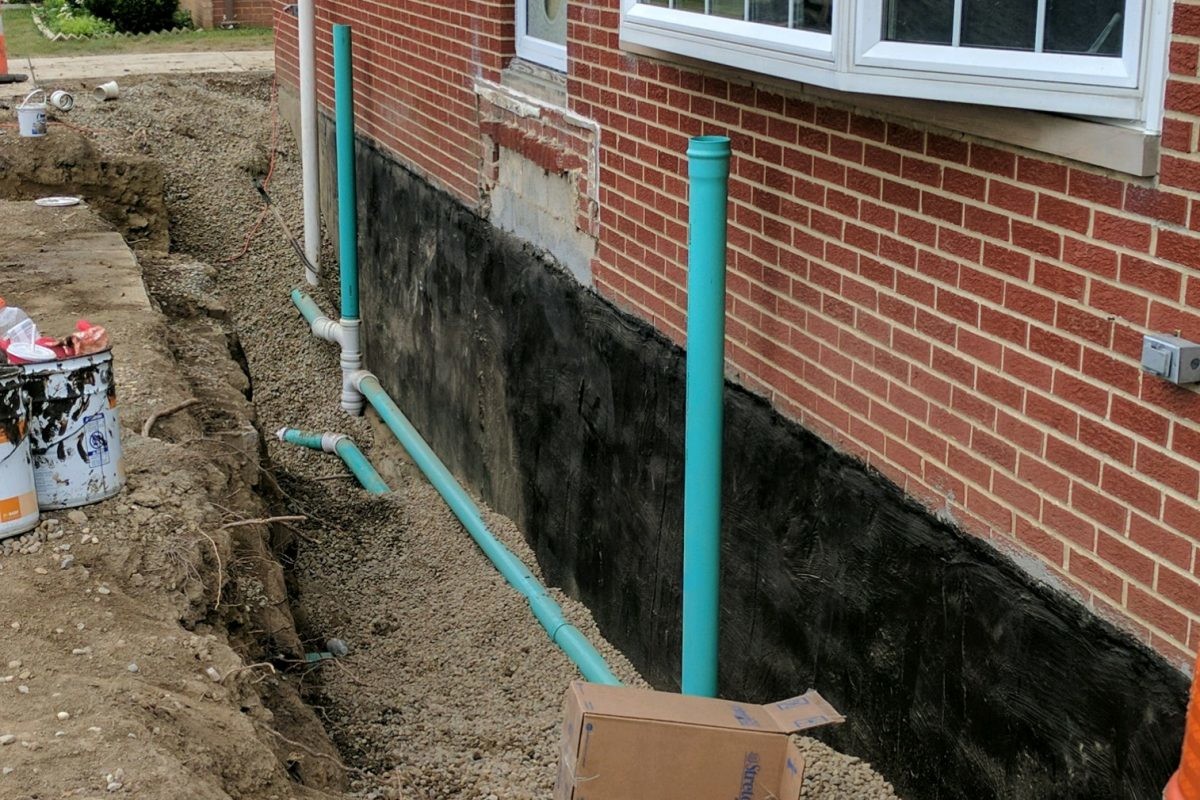With this borne in mind it is always a suggestion that as well as the framework itself, a secondary type of attic waterproofing is used even when the framework is new and/or created from’waterproof cement ‘. Once the cement construction itself is regarded as integrally water-resistant that is called form W form of basement waterproofing. Where the design is not regarded as being integrally waterproofing then we have 2 alternatives for working with the prospect of water ingress. One is to Reservoir it and one other would be to water-resistant it with a Hole Strain Membrane.
Tanking a attic means that a item is used internally or externally and is designed to physically end and hold back the water. That is referred to as Form A basement waterproofing. A Cavity Drain Membrane system is put on the interior experience of the earth maintaining framework where it may accept the ingress of water depressurise it and handle it to a secure evacuation point. This is known as form C kind of basement waterproofing in Toronto.
Tanking as an application of basement waterproofing to new structures has natural risks. Whether you apply it internally or externally to the design tanking techniques must be used 100% deficiency free to be effective, if water is delivered under pressure from the structure. The ruling in the Large Court of Justice was that it is not affordable for a tanking or waterproofing system to be used 100% problem free. What this implies is that if you style for or apply a cellar waterproofing program to the framework which must be 100% without any flaws to perform and it fails you can be liable for the effects of this failure. By their very character all tanking programs have to be 100% trouble liberated to function when tried by water under some pressure from the ground.
Most new build basement waterproofing designs that integrate an external tanking program also include a area drain the objective of that will be to help de-water the bordering ground places and reduce the amount of water which can be shipped contrary to the structure. You can find frequently many associated issues with land pipes utilized in cellar waterproofing. A area drain must be located on the outside of the framework below the amount of the internal piece so that it assists to relieve the volume of water fully degree of the kept soil. Often times the career of the area strain is revealed on a pulling or fitted above the interior slab stage and therefore could only actually be partially effective.
‘The form and feasibility of remedial treatment’is just a thrill expression in the basement waterproofing industry. It indicates when there is a problem having the ability to get back to something to spot wherever and what the issue is and then rectify it. This is a trouble with both additional tanking and land drains as they are usually hidden under tonnes of earth. How big the area drain is still another problem as who can precisely anticipate the quantity of water that could be anticipated to come quickly to have anytime as time goes by? Also as previously mentioned the tanking system might depend seriously on the land drain and just how can anybody assure it against trouble or congestion in the future – again the proper execution and feasibility of remedial treatment has question.
Therefore the way in which a hole drain membrane attic waterproofing systems like Process 500 operates is to provide air spaces and thus depressurisation locations on the inside of the structure which relieve the water pressure. This is performed firstly with an 8mm studded membrane put on the walls. The stud profile provides to carry the item somewhat far from the design to which it is applied.
Any water entering through the walls is depressurised within the air distance given by the men of membrane, failures their efficiency and falls to the wall/floor junction. A perforated drainage tv is found at the base of the wall possibly in a recessed station in the slab or on the slab with a coating of closed mobile insulation. The drainage conduit provides 3 main functions. The first is so it gathers and gives water to a proper drainage store to be cleared from the structure. The second is so it works as a questionnaire work on the wall/floor junction which acts to steadfastly keep up an air hole and therefore depressurisation zone at the main point where water enters or ultimately ends up in most structures i.e. the wall/floor junction.
